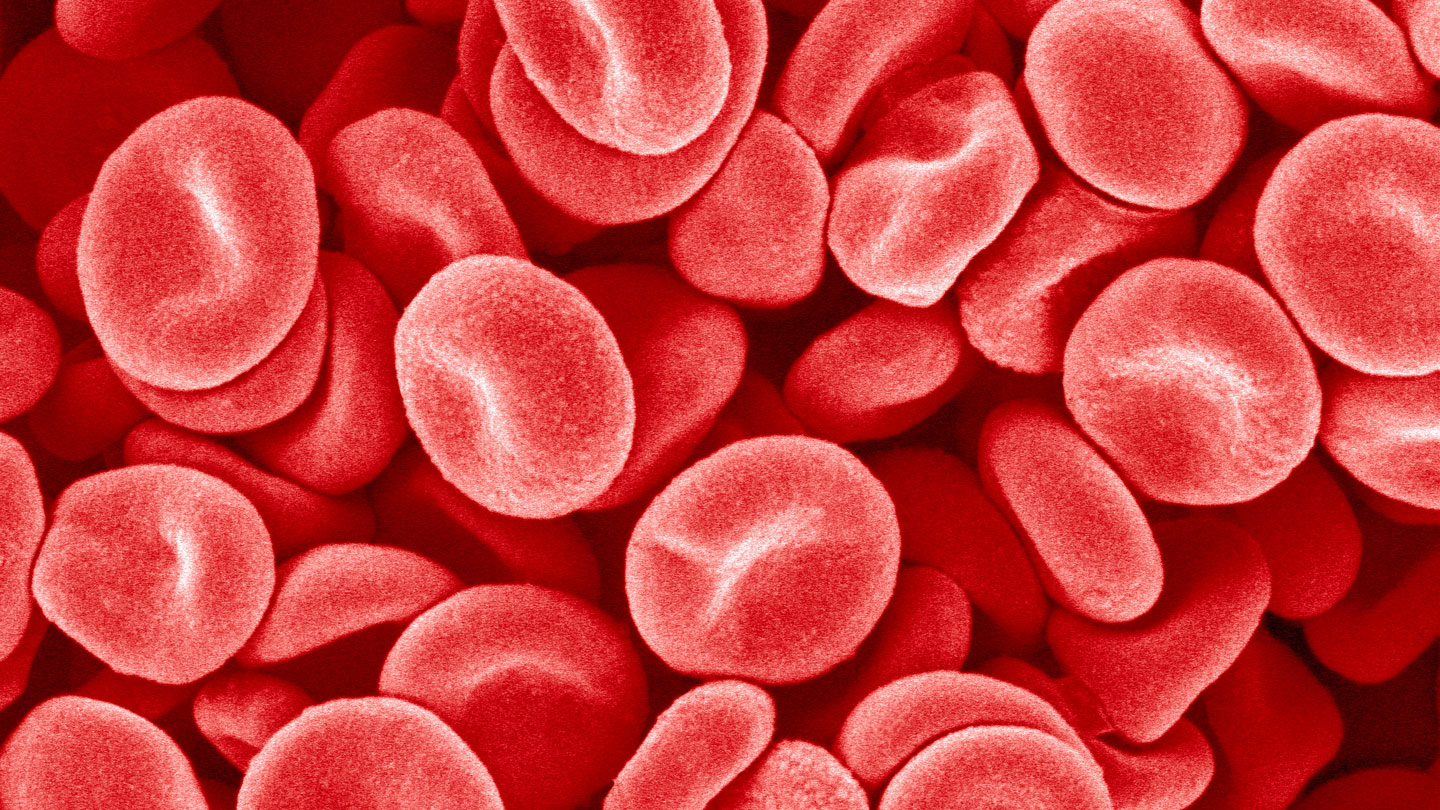In the Blood
Charles Barber
Grand Central Publishing, $29
For doctors treating traumatic injuries, keeping a patient’s blood in their body is “one of the most fundamental problems of survival,” Charles Barber writes in his fast-paced new book, In the Blood.
Solutions to that problem haven’t changed all that much in centuries. Doctors can pack a wound with gauze or put pressure on blood vessels to slow bleeding. While other areas of medicine have leaped ahead over time, Barber notes, emergency medicine has largely stood still, an inertia that’s had deadly consequences. Some 50,000 people in the United States bleed to death every year.
You’d think, then, that a product that can stanch bleeding would be celebrated in the streets, snapped up immediately by military doctors and emergency rooms alike. You’d be wrong. In the Blood chronicles the invention and bafflingly slow adoption of QuikClot and its successors, inexpensive clotting agents that can stop big bleeds in minutes. Barber, who’s also written about criminal justice and mental health, leads readers on the path from product invention to implementation — and it’s a treacherous journey.
2023-06-14 06:00:00
Article from www.sciencenews.org
